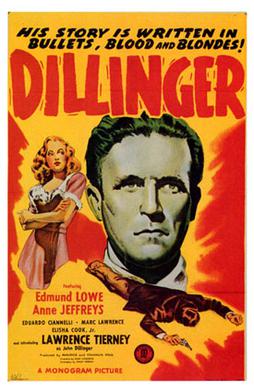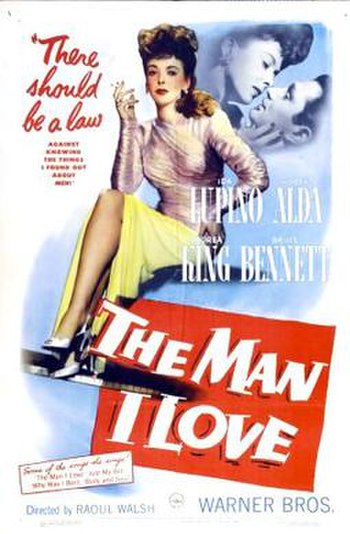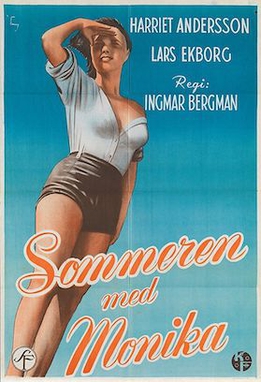
Straw Dogs (1971 film) (Photo credit: Wikipedia)
I’m tired of contemporary Hollywood films that appear to have been scripted by young, liberal know-it-alls (example: Spider-Man: Homecoming). By no means is this the case with a Hollywood item from the past like Sam Peckinpah‘s Straw Dogs (1971), which I reviewed on this site once before. I said the film was not quite a success, but I demur from that now. It is an imperfect but serious and riveting thriller.
A “straw dog” is something that is made only to be destroyed. David (Dustin Hoffman) and Amy (Susan George) are trying to make a life for themselves in Amy’s Cornish village, but shiftless, lascivious rustics soon intend to destroy it. They clearly diss David the intellectual and envy his union with pretty Amy, who is sexually victimized by two of them. Although this has nothing to do with Amy’s not being a strong woman, it is indeed true that she is not strong (a notion the know-it-alls would refuse to brook) , but neither is David. They’re both very human. David is not manly enough until the last act, and he is imperceptive.
Straw Dogs is hard on the human race, which is, as critic John Simon has put it, “eager for compromise, wallowing in reciprocal abasement, and balking at accommodation only when denied even its widow’s mite.” A measure of sympathy, though, goes to the primary characters, to David and Amy, and it is also certain that screenwriters Peckinpah and David Zelag Goodman—the film is based on a novel by Gordon Williams—never pretend to have their understanding of these two persons all wrapped up. As the film runs its course, they constantly probe David and Amy for who they are, what they think, what they want. None of this has anything to do with ideology or intellectual stasis. It has to do with artistic acumen. Although it’s a shame that Dogs may have been Peckinpah’s last good film, at least genuinely young, Millennial-like minds were not behind it.





